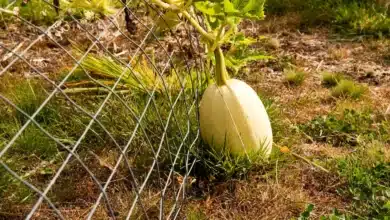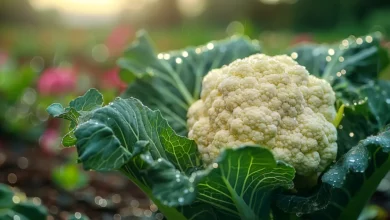Managing Waterlogging in Your Garden
Managing Waterlogging in your Home Garden: Eight Best Practices for Monsoon care
Monsoon rains are a welcome sight for gardeners. They bring much-needed moisture to plants, encouraging lush growth. However, it also presents one of the biggest challenges–waterlogging. Although moderate rain is good for the garden, too much water can cause root rot and poor drainage. If you don’t manage your water effectively, waterlogging can turn a vibrant garden into an oozy mess.
But don’t despair! You can use a variety of practical methods to protect your garden and manage excess water in the monsoon. You can keep your plants healthy and flourishing even in the rainiest months with a bit of foresight. Here are eight ways to prevent waterlogging during the monsoon in your garden.
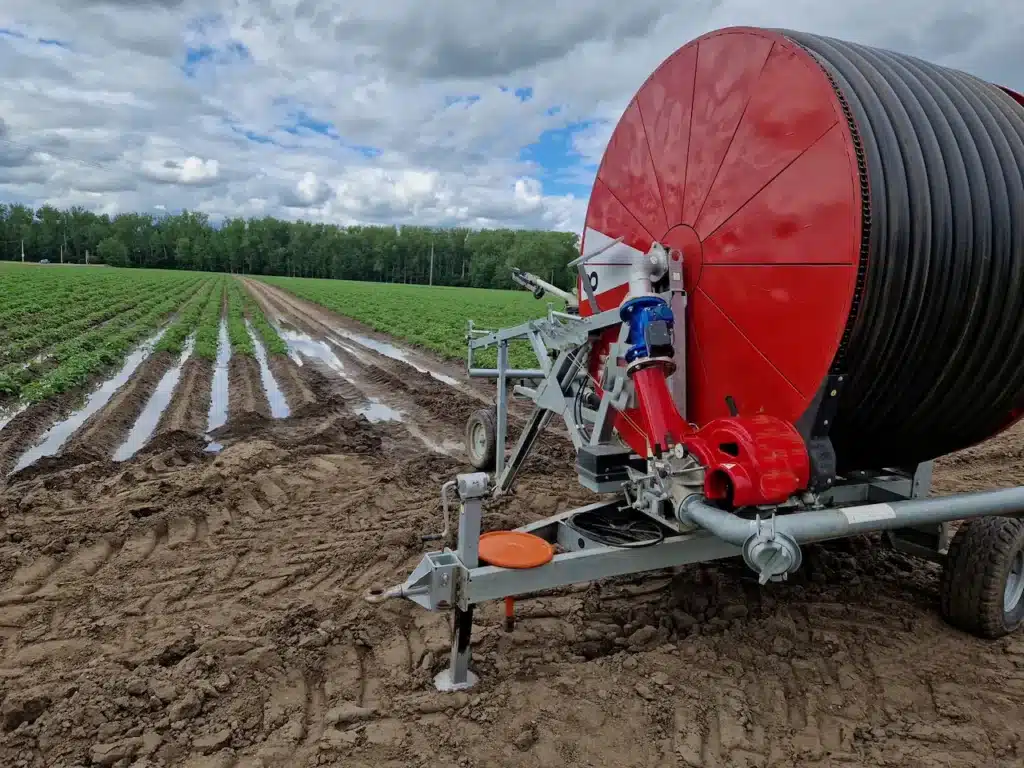
1. Improve Soil Drainage
Why it matters: Proper soil drainage will help prevent waterlogging. Water must flow through the soil away from plant roots. If the soil does not drain properly, excess moisture can accumulate around the roots. This leads to root rot and suffocation.
Tip: Improve the drainage of your soil. This can be done by adding organic matter to your soil, such as compost or well-rotted animal manure. Organic matter helps improve soil structure by allowing it better to retain moisture and nutrients. Mix sand or perlite into heavy clay soils that are prone for water retention. This will loosen the soil, and improve drainage. This improved texture allows for more water flow and reduces waterlogging.
Additional Advice:
- Aerate the soil regularly to avoid compaction. Compaction can cause drainage problems.
- Avoid walking on a wet surface, as it can cause the soil to become compacted and impede water flow.
2. Use Raised Beds
Raised beds are a great way to combat waterlogging. Raising your garden beds off the soil will allow water to drain more efficiently away from the roots of plants, which reduces the risk of waterlogged soil and root rot.
*Tip* Consider purchasing or building raised beds to grow your plants. These beds are better for drainage as the excess water drains off of the elevated soil. This keeps your plants’ roots dry and safe. Raised beds warm up quicker in the spring and give your plants a head start on the growing season. Raised beds can be made from wood, stone or recycled materials depending on budget and aesthetics.
Additional Advice:
- To prevent rodents from burrowing into your raised bed, line the bottom with either landscape fabrics or wire mesh.
- – Make sure your raised bed is well drained, especially if it’s made of wood or plastic.
3. Use Proper Mulching
Mulch is a protective layer that protects your soil. It helps to maintain moisture levels and prevent soil erosion. Mulch also provides a healthy environment for plants. During monsoons, mulch is a great way to absorb moisture, regulate temperatures, and protect roots from flooding.
Tip: Spread a generous amount of organic Mulch around your plants in order to manage excess water. You can use straw, “wood chips”, “shredded leaves”, or bark mulch. Mulch is not only a great way to absorb water, but it also adds nutrients as the mulch decomposes. Mulch prevents the soil from compacting, which can worsen drainage problems.
Additional Advice:
- Be aware of the thickness of mulch. A layer of mulch that is 2-3 inches thick will not smother the roots of plants and allow air to circulate.
- Keep mulch at least a few inches from the stems of plants to prevent fungus growth.
4. Install Plant Stands for Container Gardens
Waterlogging is a serious problem for potted plants, especially in the monsoon season. If you place your containers directly on the floor, water will collect at the bottom and cause root rot.
Tip: Elevate pots and containers using plant stands so that water can drain freely. Lazy Gardener has a range of plant stands which raise the pots above the ground. This prevents water from collecting in the bottom of containers and ensures better airflow. These stands are available in a variety of sizes and styles. They provide a flexible and affordable way to manage waterlogging in container gardening.
Additional Advice:
- Select plant stands with adequate drainage on the bottom of pots.
- Make sure your pots are equipped with drainage holes that will prevent standing water at the bottom.
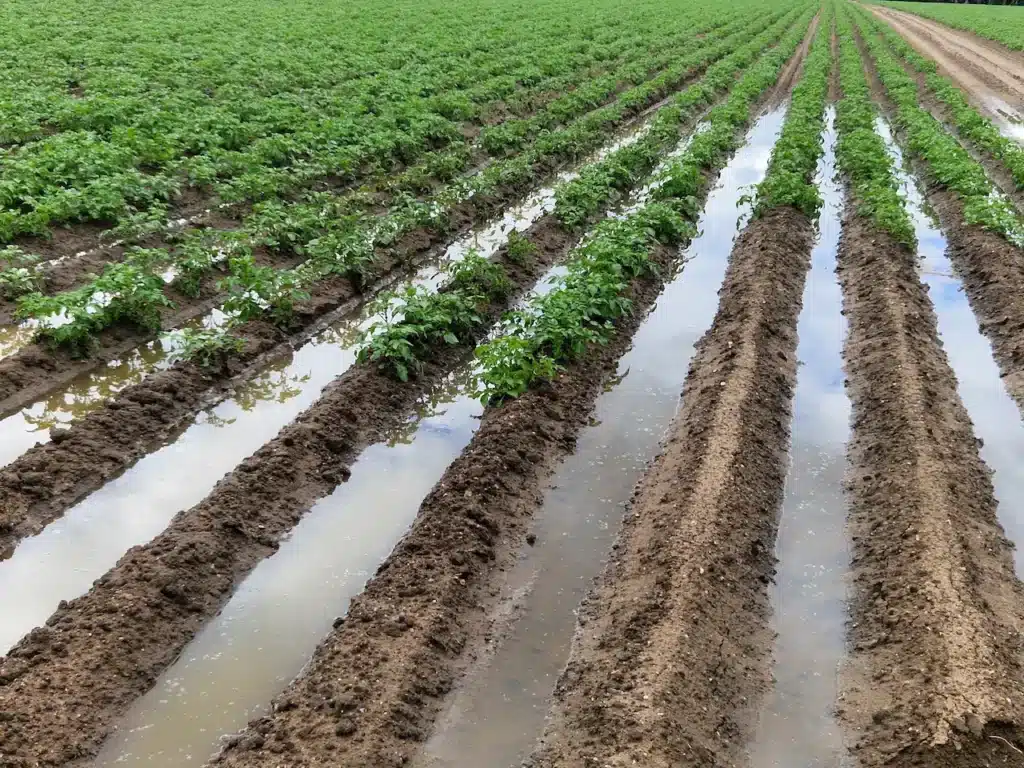
5. Check and Adjust Watering Practices
Why it Matters: Overwatering during the monsoon can worsen waterlogging problems. It is important to note that when it rains heavily the plants receive sufficient moisture. Additional watering may cause excess water to accumulate around the roots.
Tip; Adjust the watering schedule based on rainfall. During the monsoon, reduce or eliminate the supplemental irrigation to avoid over-watering the soil. Watch the weather and avoid watering soil that is already wet. Water early in the morning to let excess moisture evaporate. This will prevent water from remaining in the soil over night.
Additional Advice:
– Buy a rain gauge to measure the amount of rainfall in your garden.
Use a moisture meter to measure the soil’s level of moisture before you water it to avoid overwatering.
6. Create Effective Drainage Systems
Why it Matters: Despite all precautions taken, water may still collect in low-lying parts of your garden. Water can stagnate and cause waterlogging without an effective drainage system.
Tip: Install a drainage system to divert excess water from your garden beds. Installing drainage pipes, creating French drains (trenches with gravel or stones), or building swales (shallow ditches), can all be done to direct water away from plants. Effective drainage is important for gardens that are prone to getting waterlogged. It will keep the soil healthy, and prevent root disease.
Additional Advice:
Make sure that the drainage system has been positioned correctly to divert water into a designated area such as a gravel or sand area or rain garden.
Clear any obstructions in your drainage system regularly to ensure that water flows freely.
7. Choose Flood-Tolerant Plants
Why it Matters: Many plants are adapted to thrive in well-drained, dry soil. However, some are able to withstand wet conditions. These plants can be a good option for gardens that are susceptible to waterlogging. They will thrive in soggy soil.
Tip Choose flood tolerant plants, which can tolerate prolonged exposure to excessive moisture. Some examples include waterlilies and marshmarigolds. ferns are also good choices, as well as cattails and sedges. These plants are adapted to marshy or wet conditions. They can be used to add variety and beauty to your garden, while maintaining a healthy ecosystem during monsoon.
Additional Advice:
- Consider native plants that are already adapted for your climate and growing conditions.
- These plants are best used in low-lying areas or those that have poor drainage.
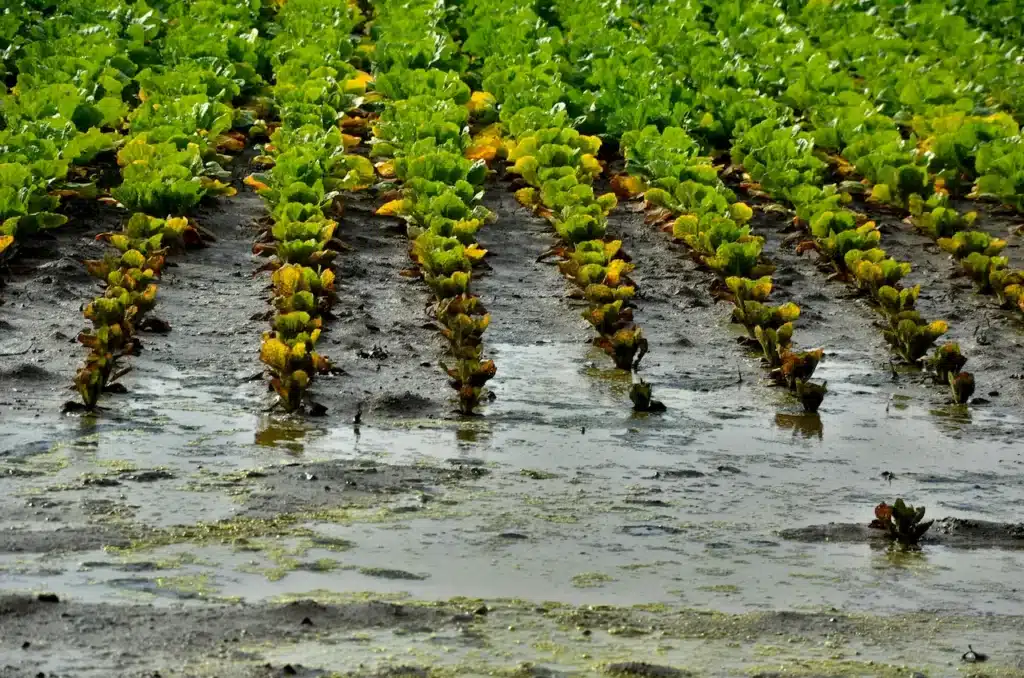
8. Regularly Inspect Your Garden
Why it Matters: Regularly monitoring your garden allows you to detect and tackle waterlogging issues early. Early intervention is essential to prevent long-term soil and plant damage.
Check for signs of waterlogging such as yellowing leaves, wilting plants, and stunted growth. These symptoms can indicate that the soil has become too saturated and the roots of the plants are not getting enough oxygen. Take immediate action if you notice any of these symptoms. You may need to improve drainage, adjust your watering schedule or move plants into better-drained locations.
Additional Advice:
- Watch for fungal growth and moss at the base of plants, as this can indicate excessive moisture.
- Monitor potted plants regularly for signs of water accumulation in the containers.
- Conclusion – Maintaining a Healthy Garden during the Monsoon
Waterlogging can be a problem in the garden during monsoon seasons. But with the right care and strategies, you can prevent the damaging effects of excessive water. You can protect your plants from waterlogging by improving soil drainage and using raised beds. Also, mulching is important. You can also catch problems early by adjusting your watering habits, choosing flood-tolerant plants and inspecting the garden regularly.
Following these best practices will help your garden thrive even in the monsoon season. Your garden will not only survive, but also thrive with the right tools like Lazy Gardener’s plant stands, and mulch that is effective.
Happy gardening!


